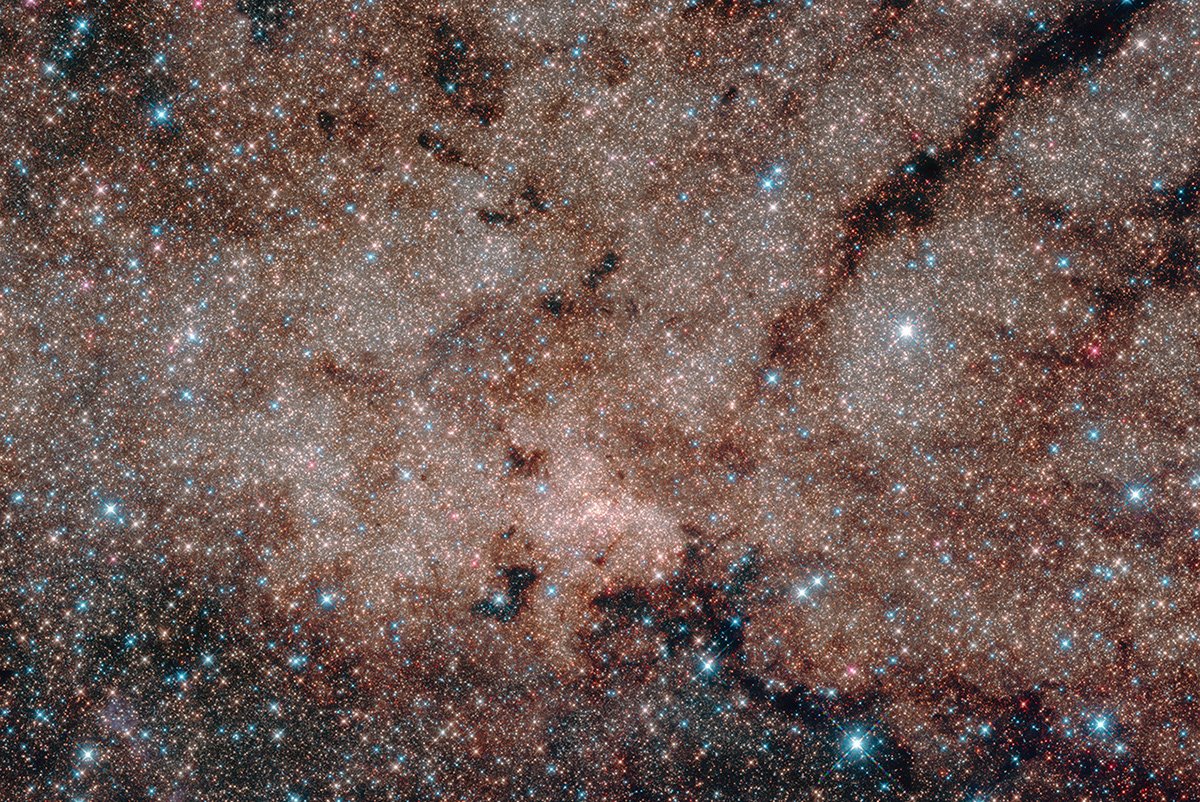Peering deep into the heart of our Milky Way galaxy, NASA’s Hubble Space Telescope reveals a rich tapestry of more than half a million stars. Scientists announced Thursday evidence of a new planet. NASA via Hubble Space Telescope
Aug. 7 (UPI) — NASA’s James Webb Space Telescope has discovered evidence of a giant planet orbiting a star in the solar system closest to Earth, the administration announced Thursday.
The Alpha Centauri triple star system, four light-years from Earth, has long been at the center of scientists’ search for life on other planets. This discovery was an important step forward in that search, they said.
“While there are three confirmed plants orbiting Proxima Centauri, the presence of other worlds surrounding Alpha Centauri A and Alpha Centauri B has proved challenging to confirm,” a release from NASA said.
Alpha Centauri A, Alpha Centauri B and the faint red dwarf star Proxima Centauri comprise the bigger Alpha Centauri, which is visible in the far southern sky.
The discovery announced Thursday provides the strongest evidence yet of a gas giant orbiting Alpha Centauri A, and has been accepted for publication by the Astrophysical Journal Letters.
“If confirmed, the planet would be the closest to Earth that orbits the habitable zone of a Sun-like star,” the NASA release continued. “However, because the planet candidate is a gas giant, scientists say it would not support life as we know it.”
The James Webb Space Telescope was designed to find the most distant galaxies in the universe, but the operations had to customize the device’s “observation sequence” to search for the gas giant.

